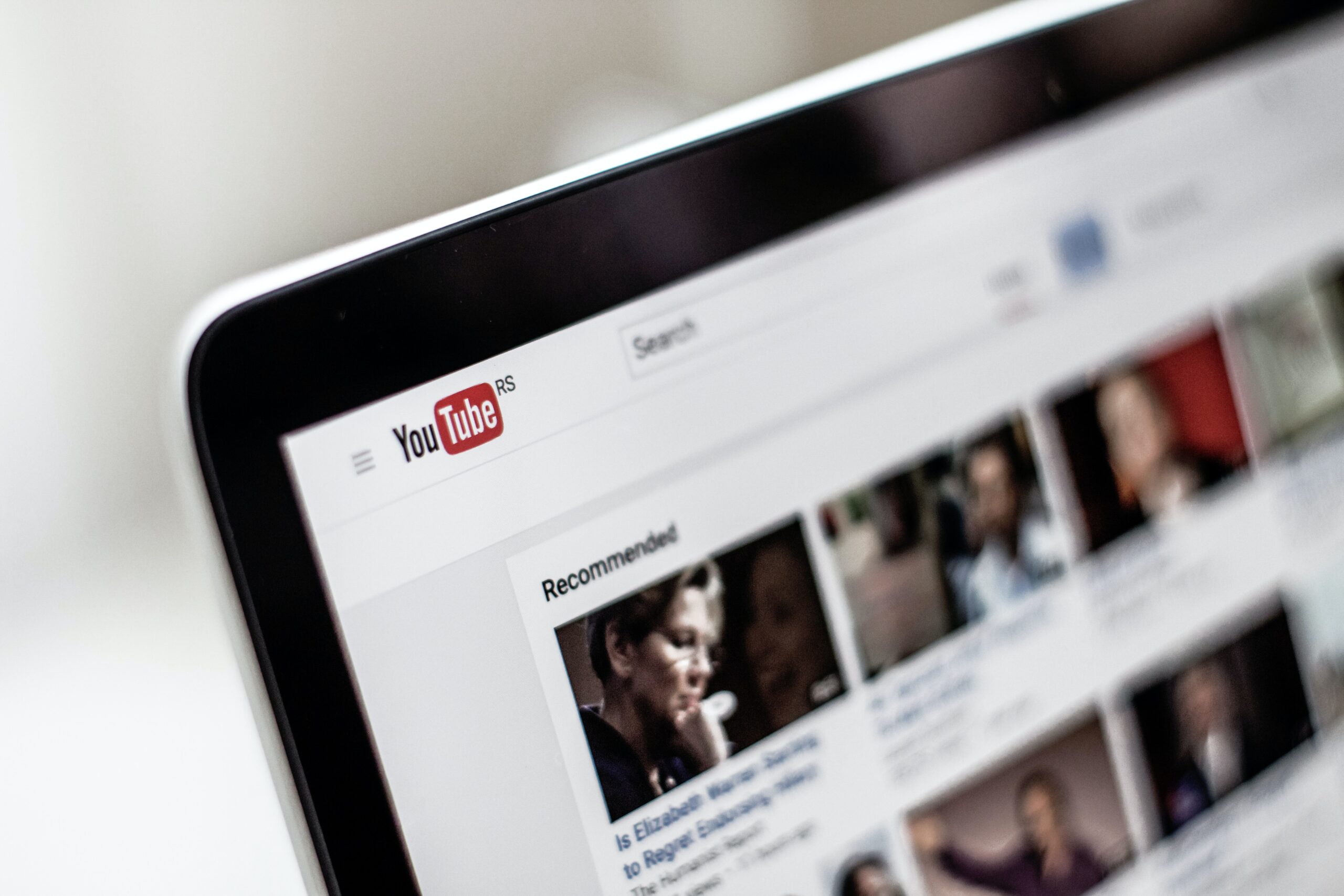Nine out of 10 marketers use video as a marketing tool – an all-time high, according to HubSpot. Ninety six percent of marketers — more than at any point in the past nine years — told HubSpot they see video as an “important part” of their marketing strategy. So it’s no surprise that Google continues to roll out new tools to help marketers capitalize on video advertising.
At Google’s May 23 Marketing Live event, the company launched new ad products intended to capitalize on video:
Video View Campaigns
The main goal of Video View Campaigns is to drive as many views as possible at the lowest cost per view (CPV). Google suggests that these campaigns can potentially increase views by an estimated 40 percent in comparison to the conventional skippable in-stream cost-per-view campaigns. This is achieved by integrating different ad formats, including skippable in-stream ads, in-feed ads, and Shorts ads, and letting Google-powered AI dynamically optimize where the ads are served. This new campaign type sounds ideal for advertisers looking to maximize views by running different ad formats (on different YouTube placements) under a single campaign, instead of splitting creatives by ad format into multiple campaigns. The global launch of the Video Views Campaigns beta is scheduled for the coming month. Ultimately, Google hopes to offer advertisers a broader range of alternatives for connecting with their target audience.
Demand Generation Campaigns
Demand Generation Campaigns are crafted to use AI to engage consumers and motivate them to take action. These campaigns will run on different platforms, such as YouTube Shorts, YouTube in-stream, YouTube in-feed, Discover, and Gmail placements. In contrast to the prior lead form ads, the call to action for these campaigns will direct users to the advertiser’s website, which (says Google) should facilitate simpler conversion tracking.
A noteworthy aspect of Demand Generation Campaigns is the development of lookalike segments based on seed lists. These lists may include first-party data and YouTube users, enabling enhanced targeting through the implementation of lookalike segment settings: narrow (2.5 percent reach), balanced (5 percent reach), and broad (10 percent reach). Ad creatives can be specifically designed for these lookalike segments – which, in theory, should improve the chances that the ads resonate with target audiences.
The development of lookalike segments based on seed lists is a departure from Google’s recent announcement regarding the phaseout of Similar Audiences. When Google first announced the sunsetting of Similar Audiences back in November 2022, Google mentioned that “similar audiences will be transitioned to more durable solutions.” At the time, it appeared as though Google was referring to audience expansion and optimized targeting, which are simple toggles an advertiser can enable or disable for any given audience to have Google find more users that either look like an advertiser’s target segments or are likely to convert. That said, it’s possible that Google is restricting the capabilities of Similar Audiences as we know them by removing them from an advertiser’s view, and reintroducing a more restricted version of these calling them Lookalike Audiences just as we are seeing for Demand Generation Campaigns.
While we were able to create Similar Audiences off rule-based segments such as visitors of “/shop/collections/jackets,” the new Lookalike Audiences seem to only allow the use of first-party or YouTube audiences for their creation. I am curious to see if Google makes Lookalike Audiences available for other campaign types in the near future, or if it still limits their use to Demand Generation video campaigns.
What Advertisers Should Do
We urge advertisers to take an even-handed, critical approach with these new products. Google plays up benefits, but with the benefits come some caveats. As I blogged recently, Google’s ad products have lately been launching without giving advertisers adequate control and visibility into performance so we can clearly see what is working and what is not and adjust our strategy accordingly. This is not to say Google is releasing bad products – but they should provide more visibility and control rather than take a “Just trust Google – we know what we are doing” stance.
At True Interactive, we advocate on behalf of our clients. We are monitoring these developments closely. Contact us to learn how we can help you succeed in all forms of digital advertising.
Image source: https://unsplash.com/photos/8LfE0Lywyak
